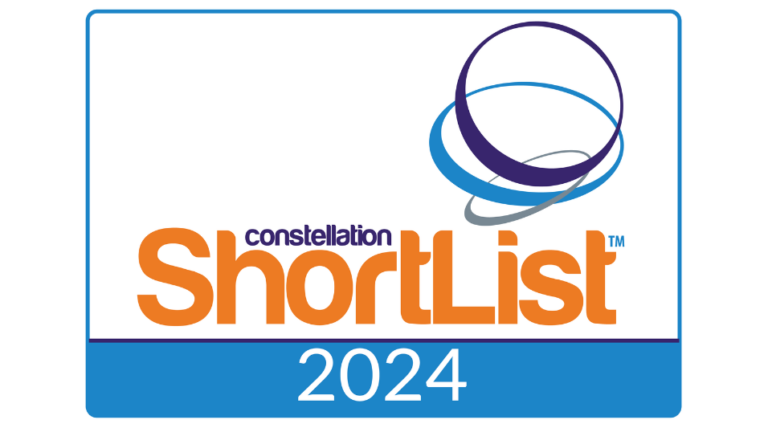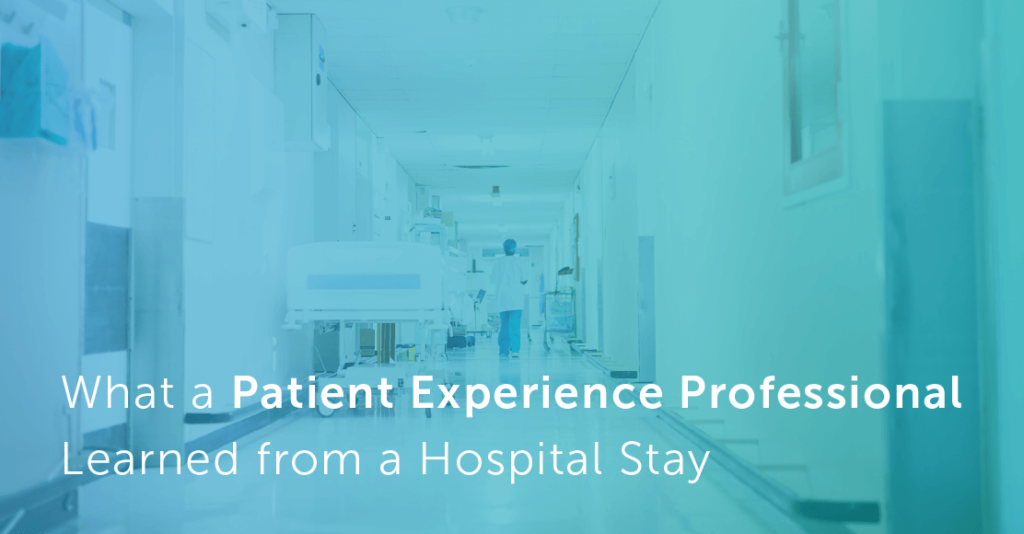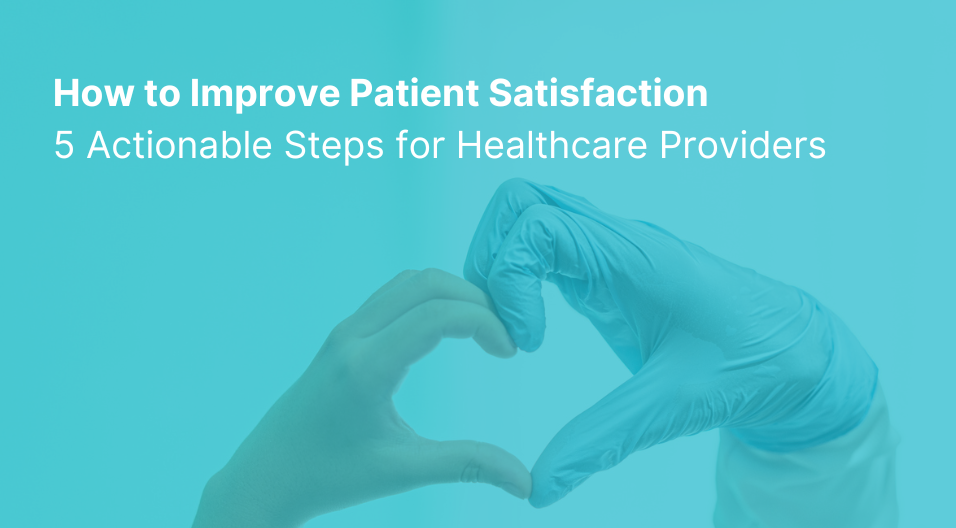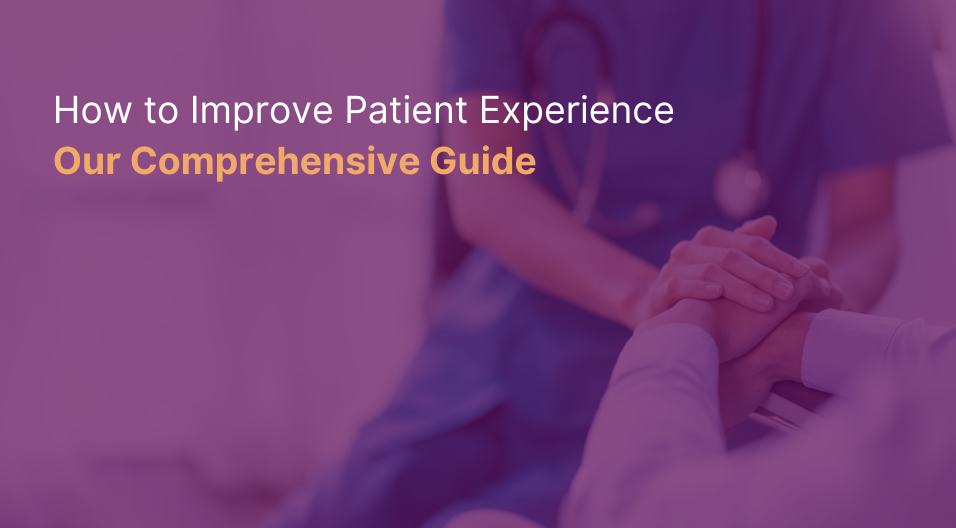I consider myself a patient experience professional. My job is to help hospitals leverage technology aimed at improving patient engagement and outcomes, after all.
I also consider myself a learner. Gallup’s StrengthFinder agrees.
And for a brief period recently, I was forced to consider myself a hospital inpatient.
Resulting from the above are 3 (and-and-half) key points I took away from the experience.
1. The definition of “patient experience” changes throughout a hospital encounter
A hospital admission can feel a lot like a rollercoaster, but not the fun kind (shout out to Cedar Point, America’s Rockin’ Roller Coast!). How you see and interact with your environment differs whether you’re at the bottom or top.
The components I considered critical to my experience differed over my three-day admission period. At admission, I felt so sick and out of it I just wanted my care team to help me feel better. Additionally, I wanted my care team to perform, in a timely manner, the necessary tests to determine why I felt so crappy. Or at least rule out the scariest possibilities.
As I improved, what mattered to me began to change. I became more sensitive to my room’s cleanliness, my food quality, and the frequency of care plan updates.
A hospitalization is a lot of things for patients and families and what matters at hour 5 might be very different from hour 50 or 100. I work with many hospital’s nurse leader rounding program and I now realize an experience-focused round at day 1 can and should be different from an experience round on day 4.
The main takeaway is, as a care team, determine what matters most to patients and families at different points throughout their stay. After all, how else will you know how to best meet their needs?
2. Patient experience is everyone’s responsibility
I couldn’t believe how many unique staff members I came across. A client I spoke with this week mentioned a study their department did, in which they analyzed how many people interact with an inpatient over a two day period in the hospital. Apparently, it was over 20!
Personally, I interacted with registration staff, ED physicians, ED nurses, hospitalists, specialist physicians, inpatient nurses, CNA’s, and dietary and environmental services staff, among others. Though some interactions were more patient-centric than others, the totality of those interactions made up the experience.
The sheer number of unique interactions point to the importance of patient satisfaction as a top organizational priority. Patient experience departments should be tasked with helping hospitals adopt an organizational-wide focus on patient experience.
2.5. Names are hard to remember
With all the interactions (and medication), I struggled to remember anyone’s name. Names are important, but naturally hard to remember. Care teams should consider creative ways of making more memorable introductions. It would’ve been tough to provide specific and personal feedback had I received a nurse leader round (a missed opportunity!).
Additionally, hospital care boards provide a helpful, but static, view. The board helped me answer “who is my nurse right now”? but wasn’t helpful in answering “who was that doctor I saw yesterday morning”? or “who was my amazing nurse last night?”.
3. Discharge is a sub-optimal time to talk about transitioning home
The moment of discharge is a confusing time. It’s also an important time of transition. Unfortunately, patients often receive 20+ page packets of information as they transition home.
What I now realize is, ironically, the moment of discharge might be the worst time to digest key information. After spending three days in a hospital room, I was ready to go home! Perhaps I was eager since I was going to a new home. Literally, I moved apartments over my hospital stay (and by “I”, I mean all my friends who moved for me, which I’m forever grateful for!).
It’s kind of like a high school teacher waiting for the final bell to ring before yelling out the homework assignment. Physically, the students are half-way out the door and mentally, they’ve completely checked out.
Though I was eager to go, I understood the importance of that conversation. When I expressed questions about my care transition, the nurse seemed surprised. She was clearly used to patients darting out of the hospital unit within seconds.
The main takeaway is that every interaction, especially toward the end of a hospital admission, is an opportunity to discuss transition aspects. Waiting until the last second, in most cases, is sub-optimal for the patient’s frame of mind.








